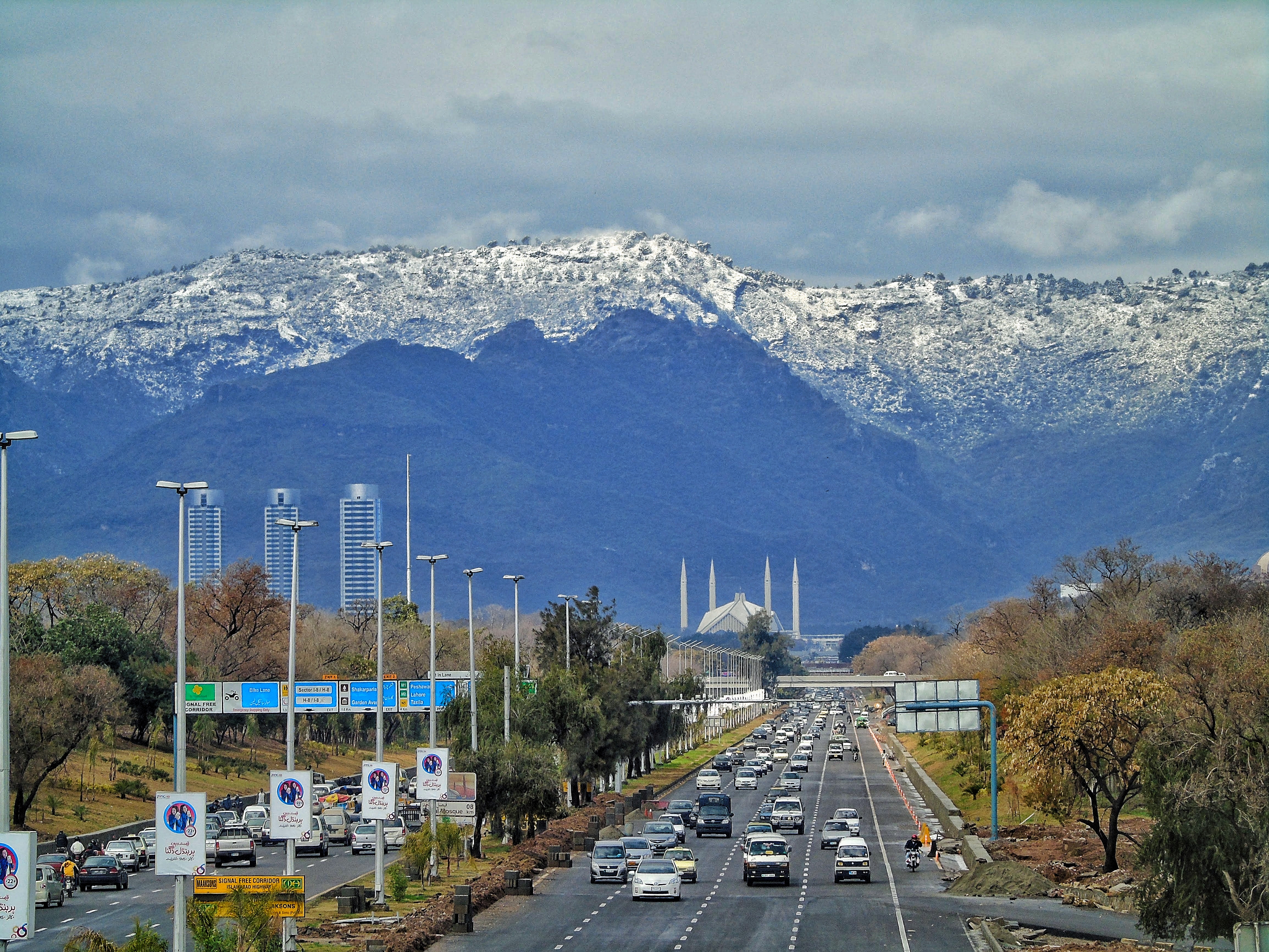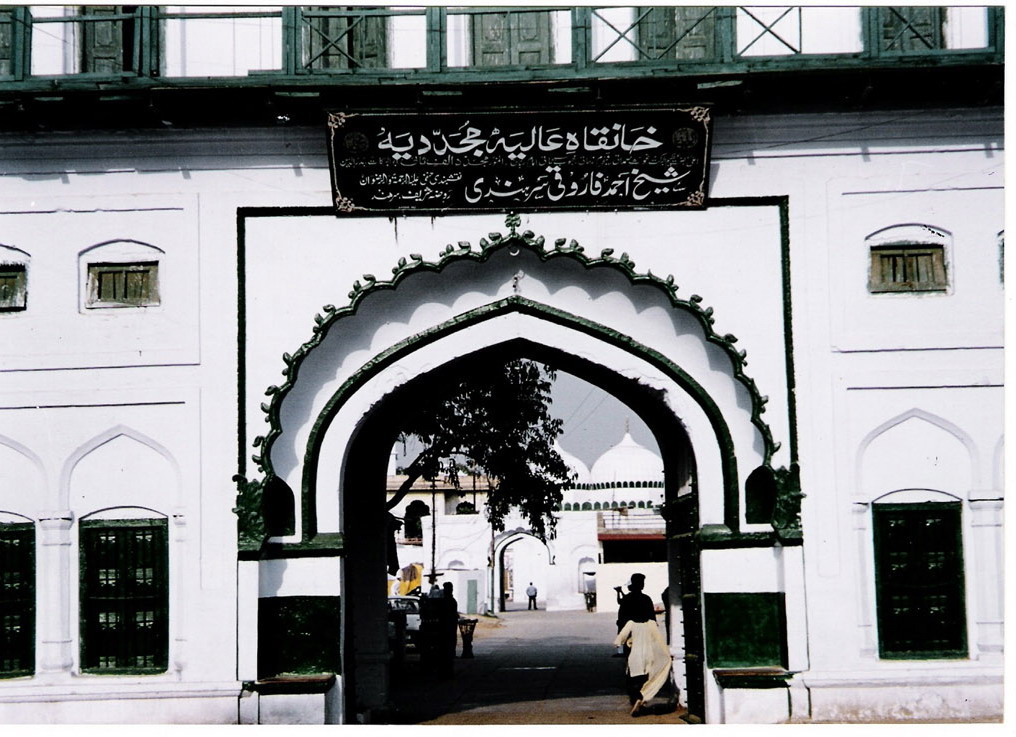|
Qasimiya
Qasimiya or the Qasimi order, is a Naqshbandi branch in origin, and is based in a small village called Mohra Sharif located in the Murree hills of Punjab, Pakistan close to the Pakistani capital of Islamabad Islamabad (; ur, , ) is the capital city of Pakistan. It is the country's ninth-most populous city, with a population of over 1.2 million people, and is federally administered by the Pakistani government as part of the Islamabad Capital .... It was made into a spiritual center by ''Baba Ji'' Muhammad Qasim Sadiq (b. 1263 A.H.), a purported Sufi shaikh or master. Religious festivals Twice a year, in the last week of May and November, there are congregations, attended by thousands, held to commemorate Pir ''Baba Ji'' Muhammad Qasim Sadiq and his descendants. References {{coord missing, Pakistan Naqshbandi order Sufi shrines ... [...More Info...] [...Related Items...] OR: [Wikipedia] [Google] [Baidu] |
Naqshbandi
The Naqshbandi ( fa, نقشبندی)), Neqshebendi ( ku, نهقشهبهندی), and Nakşibendi (in Turkish) is a major Sunni order of Sufism. Its name is derived from Baha-ud-Din Naqshband Bukhari. Naqshbandi masters trace their lineage to the Islamic prophet Muhammad through Abu Bakr, the first Caliph of Sunni Islam and Ali, the fourth Caliph of Sunni Islam. It is because of this dual lineage through Ali and Abu Bakr through the 6th Imam Jafar al Sadiq that the order is also known as the "convergence of the two oceans" or "Sufi Order of Jafar al Sadiq". History The Naqshbandi order owes many insights to Yusuf Hamdani and Abdul Khaliq Gajadwani in the 12th century, the latter of whom is regarded as the organizer of the practices and is responsible for placing stress upon the purely silent ''invocation''. It was later associated with Baha-ud-Din Naqshband Bukhari in the 14th century, hence the name of the order. The name can be interpreted as "engraver (of the ... [...More Info...] [...Related Items...] OR: [Wikipedia] [Google] [Baidu] |
Mohra Sharif
Mohra Sharif (Holy Village; Mohra for ''small village'' and Sharif for ''holy'' or ''noble'') and is small village located in the Murree Hills of Punjab, near the Pakistani capital of Islamabad Islamabad (; ur, , ) is the capital city of Pakistan. It is the country's ninth-most populous city, with a population of over 1.2 million people, and is federally administered by the Pakistani government as part of the Islamabad Capital T .... It is well known for due to the spiritual valley of "Mohra Sharif" also known as "Darbar Alia Mohra Sharif." References External linksMohra Sharif site 2 {{coord, 33, 40, N, 73, 41, E, display=title, region:PK_type:city_source:GNS-enwiki Populated places in Rawalpindi District Sufism in Pakistan Sufi shrines in Pakistan ... [...More Info...] [...Related Items...] OR: [Wikipedia] [Google] [Baidu] |
Murree
Murree ( Punjabi, Urdu: مری) is a mountain resort city, located in the Galyat region of the Pir Panjal Range, within the Muree District of Punjab, Pakistan. It forms the outskirts of the Islamabad-Rawalpindi metropolitan area, and is about northeast of Islamabad. It has average altitude of . The British built this town during their rule to escape the scorching heat in the plains of Punjab during the summer. Construction of the town was started in 1851 on the hill of Murree as a sanatorium for British troops. The permanent town of Murree was constructed in 1853 and the church was consecrated shortly thereafter. One main road was established, commonly referred to even in modern times, as the mall. Murree was the summer headquarters of the colonial Punjab Government until 1876 when it was moved to Shimla. Murree became a popular tourist station for British citizens of the British Raj. Several prominent Britons were born here including Bruce Bairnsfather, Francis Younghusband, ... [...More Info...] [...Related Items...] OR: [Wikipedia] [Google] [Baidu] |
Punjab (Pakistan)
Punjab (; , ) is one of the four provinces of Pakistan. Located in central-eastern region of the country, Punjab is the second-largest province of Pakistan by land area and the largest province by population. It shares land borders with the Pakistani provinces of Khyber Pakhtunkhwa to the north-west, Balochistan to the south-west and Sindh to the south, as well as Islamabad Capital Territory to the north-west and Autonomous Territory of AJK to the north. It shares an International border with the Indian states of Rajasthan and Punjab to the east and Indian-administered Kashmir to the north-east. Punjab is the most fertile province of the country as River Indus and its four major tributaries Ravi, Jhelum, Chenab and Sutlej flow through it. The province forms the bulk of the transnational Punjab region, now divided among Pakistan and India. The provincial capital is Lahore — a cultural, modern, historical, economic, and cosmopolitan centre of Pakistan. Other major cities ... [...More Info...] [...Related Items...] OR: [Wikipedia] [Google] [Baidu] |
Pakistan
Pakistan ( ur, ), officially the Islamic Republic of Pakistan ( ur, , label=none), is a country in South Asia. It is the world's List of countries and dependencies by population, fifth-most populous country, with a population of almost 243 million people, and has the world's Islam by country#Countries, second-largest Muslim population just behind Indonesia. Pakistan is the List of countries and dependencies by area, 33rd-largest country in the world by area and 2nd largest in South Asia, spanning . It has a coastline along the Arabian Sea and Gulf of Oman in the south, and is bordered by India to India–Pakistan border, the east, Afghanistan to Durand Line, the west, Iran to Iran–Pakistan border, the southwest, and China to China–Pakistan border, the northeast. It is separated narrowly from Tajikistan by Afghanistan's Wakhan Corridor in the north, and also shares a maritime border with Oman. Islamabad is the nation's capital, while Karachi is its largest city and fina ... [...More Info...] [...Related Items...] OR: [Wikipedia] [Google] [Baidu] |
Islamabad
Islamabad (; ur, , ) is the capital city of Pakistan. It is the country's ninth-most populous city, with a population of over 1.2 million people, and is federally administered by the Pakistani government as part of the Islamabad Capital Territory. Built as a planned city in the 1960s, it replaced Rawalpindi as Pakistan's national capital. The city is notable for its high standards of living, safety, cleanliness, and abundant greenery. Greek architect Constantinos Apostolou Doxiadis developed Islamabad's master plan, in which he divided it into eight zones; administrative, diplomatic enclave, residential areas, educational and industrial sectors, commercial areas, as well as rural and green areas administered by the Islamabad Metropolitan Corporation with support from the Capital Development Authority. Islamabad is known for the presence of several parks and forests, including the Margalla Hills National Park and the Shakarparian. It is home to several landmarks, includin ... [...More Info...] [...Related Items...] OR: [Wikipedia] [Google] [Baidu] |
Muhammad Qasim Sadiq
Muhammad Qasim Sadiq, commonly known as ''Baba Ji Sarkar'' (died November 21, 1943), was a Sufi sheikh and acclaimed saint who died near the hill station, Murree in the town of Mohra Sharif, which is presently in Pakistan. This is where his urn is kept. Hazrat Khawaja Baba Ji, who was born in 1822, lived for 120 years. is a remarkable tale of Islamic Rebirth in this Asian region. He had completed his study in several Islamic disciplines by the age of twenty. He committed himself to praying and teaching the religion of Islam Islam (; ar, ۘالِإسلَام, , ) is an Abrahamic religions, Abrahamic Monotheism#Islam, monotheistic religion centred primarily around the Quran, a religious text considered by Muslims to be the direct word of God in Islam, God (or ... after completing his studies. References {{reflist Pakistani Sufis 1822 births 1943 deaths Shrines in Pakistan Murree ... [...More Info...] [...Related Items...] OR: [Wikipedia] [Google] [Baidu] |
Naqshbandi Order
The Naqshbandi ( fa, نقشبندی)), Neqshebendi ( ku, نهقشهبهندی), and Nakşibendi (in Turkish) is a major Sunni order of Sufism. Its name is derived from Baha-ud-Din Naqshband Bukhari. Naqshbandi masters trace their lineage to the Islamic prophet Muhammad through Abu Bakr, the first Caliph of Sunni Islam and Ali, the fourth Caliph of Sunni Islam. It is because of this dual lineage through Ali and Abu Bakr through the 6th Imam Jafar al Sadiq that the order is also known as the "convergence of the two oceans" or "Sufi Order of Jafar al Sadiq". History The Naqshbandi order owes many insights to Yusuf Hamdani and Abdul Khaliq Gajadwani in the 12th century, the latter of whom is regarded as the organizer of the practices and is responsible for placing stress upon the purely silent ''invocation''. It was later associated with Baha-ud-Din Naqshband Bukhari in the 14th century, hence the name of the order. The name can be interpreted as "engraver (of t ... [...More Info...] [...Related Items...] OR: [Wikipedia] [Google] [Baidu] |




